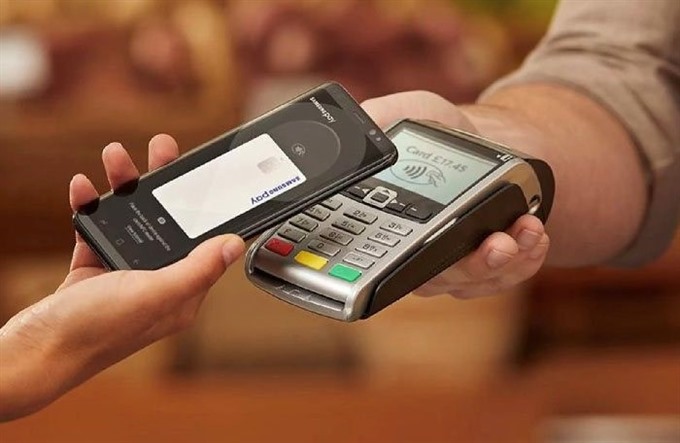 Economy
Economy

Việt Nam saw a decline in cash withdrawals for the third consecutive year in 2017, with the rate reducing from 15 per cent in 2016 to 10 per cent in 2017, reports from the State Bank of Việt Nam (SBV) showed.
 |
| Cash withdrawal ratio reduced from 15 per cent in 2016 to 10 per cent in 2017. - Photo vietnamfinance |
HÀ NỘI — Việt Nam saw a decline in cash withdrawals for the third consecutive year in 2017, with the rate reducing from 15 per cent in 2016 to 10 per cent in 2017, reports from the State Bank of Việt Nam (SBV) showed.
Phạm Tiến Dũng, director of the SBV’s Payment Department, attributed the positive result to streamlined legal regulations and promoted information infrastructure services.
The SBV has so far implemented a plan to develop card payment using card readers at points of sale (POS) and mobile points of sale (mPOS) from 2017 to 2020, which is aimed at boosting the non-cash payment in Việt Nam, as approved in Decision 2545/QĐ-TTg by the Prime Minister. Accordingly, the ratio of cash to total payment instruments will be below 10 per cent by the end of 2020.
The plan has set a target of gradually increasing the number and value of card payment transactions using card readers. By 2020, the whole market will have more than 300,000 card readers installed at POS to process some 200 million transactions per year.
E-payment in e-commerce will also be promoted to achieve the targets of having 100 per cent modern supermarkets, shopping malls and distribution centres installed with card readers by 2020, which would enable consumers to make non-cash payments when purchasing goods.
By 2020, 70 per cent of the electricity, water, telecommunications and communications service providers will accept non-cash payment of charges, while 50 per cent of individuals and households in major cities will use non-cash payment instruments for their shopping and consumption activities. The percentage of people over 15 having bank accounts will also be targeted to be increased to at least 70 per cent by the end of 2020.
Banking expert Cấn Văn Lực said that up to 44 per cent of the bank’s customers use digital banking services, such as mobile banking, internet banking, and make non-cash payment for e-commerce.
Industry insiders forecast that the non-cash payment would see significant changes next time. They gave the example of the payment method using QR codes. Though launched for a short time, the payment method has surged sharply by 120 per cent in the first nine months of last year, with 5,000 POS accepting the QR code. The POS number is estimated to increase 10 times by the end of this year to 50,000 points.
However, to further boost the non-cash payment methods, Việt Nam still needs to further promote information infrastructure and continuously streamline suitable legal framework to support the activity, the insiders said. — VNS









